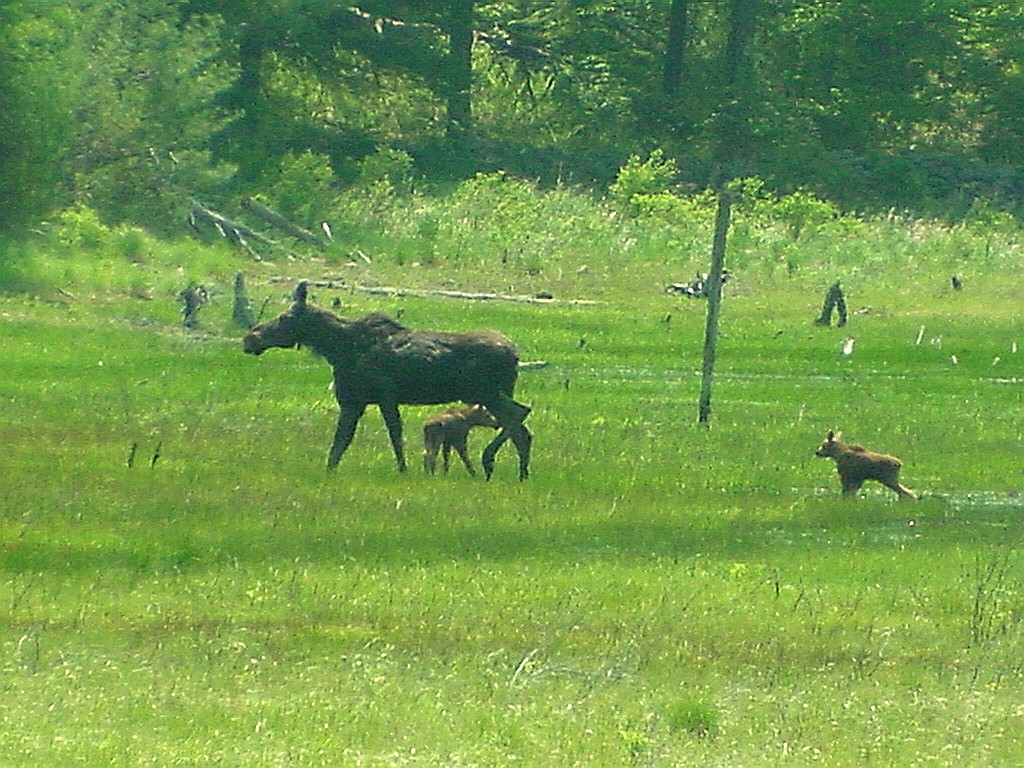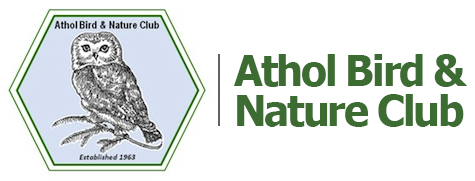A lot has been happening behind the scene at the Center while we were closed during the pandemic. As we begin to return to the new normal, volunteers have been hard at work at the Center, cleaning, painting walls, and repairing cases, and finding ways to include new specimens for observation. The crew meets on Thursday mornings from 10:00 to Noon and tackles a variety of tasks. If interested in helping just stop in any Thursday or email Dave@atholbirdclub.org for more information.
One of our newest acquisitions is a Moose Mount which is rather spectacular to actually see just how large these animals are. Below is the information to be posted with the exhibit and some understanding of the population of Moose which inhabit our nearby forests

The Moose in Massachusetts
During the 20th century, Massachusetts experienced the return of a native species that had been extirpated from the Commonwealth for over a century. During the mid-1900s, moose gradually made their way south from northern New England to re-establish their place in Massachusetts. They are now widespread, occupying forested portions of central and western Massachusetts. Their presence in the state represents many unique aspects in the distribution and ecology of the species.
Moose are one of the largest land mammals in North America, with males weighing up to 1,200 pounds (544 kg) and standing over six feet (2 m) at the shoulder. Females (cows) can weigh up to 650 pounds (295 kg). Once thought to be comprised of several subspecies, moose throughout the world are classified as Alces alces, with two generally recognized subspecies: A. alces americana in North America and A. alces alces in Eurasia (where they are sometimes called European elk).
It is believed moose originally ranged as far south as Pennsylvania and New Jersey, but land clearing and unregulated harvest caused moose to be extirpated from southern New England during colonial times. However, with reforestation of the landscape and the institution of game laws, moose returned to Massachusetts and southern New England, to the surprise of many. Moose are especially well adapted to boreal forest ecosystems, where summers are cool and winters are extremely cold. Southern New England was thought to be too warm, too developed, and not the right habitat.
The moose population in Massachusetts has done rather well, however. From about the 1980s onward, moose grew exponentially until the late 2000s, when it is believed their numbers peaked and then declined to what appears to be a lower, but perhaps more stable level. This is a very typical pattern for species that reoccupy formerly vacated portions of their range.
 Observations of cows with calves are common, and cows with twins do occur here, indicating that the habitat and food resources are good. Most of the diet is woody stems and buds (about 90%), and also includes green leafy vegetation in spring and aquatic plants in summer. Although moose spend most of their time in the uplands, they are great swimmers and well adapted to water. In fact, their distinctive, large nose allows them to close their nostrils but still chew and swallow submerged aquatic plants as they feed underwater.
Observations of cows with calves are common, and cows with twins do occur here, indicating that the habitat and food resources are good. Most of the diet is woody stems and buds (about 90%), and also includes green leafy vegetation in spring and aquatic plants in summer. Although moose spend most of their time in the uplands, they are great swimmers and well adapted to water. In fact, their distinctive, large nose allows them to close their nostrils but still chew and swallow submerged aquatic plants as they feed underwater.
One of the biggest challenges for moose in Massachusetts is the warmer temperatures, and climate change in places like Minnesota and northern New England is believed to be an important factor in the dramatic decline of moose in parts of their range. But here moose have learned to use thermal refugia, such as wooded wetlands and hemlock groves, to stay cool. Winter ticks (Dermacentor albipictus) and brainworm (Parelaphostrongylus tenuis) can also be detrimental to moose populations. Both exist in southern New England, but the lower density of moose may help ameliorate the impact of these parasites.
Wolves are the primary predators of moose. Mountain lions, bears, coyotes, and even orcas (yes, killer whales … look that one up!) have also been known to prey on moose. The absence of major predators may play a role in how the moose population behaves in Massachusetts. However, moose are a classic example of an “irruptive” population, where numbers can change often and seemingly without a predictable pattern (unlike cyclic populations such as snowshoe hares), and as such numbers of moose in the Commonwealth could, and are likely to change in the future.
Moose have always been and are now once again an integral part of the forests of New England and an incentive to pursue large-scale land conservation that benefits both wildlife and people in the Commonwealth.
Although moose are relatively widespread in our state, they can be difficult to see. Their density is low, they are secretive, and they are often more active at dawn, dusk, and at night. But they are impressive when you do get a chance to see one. They are often docile and simply prefer to move away from people, dogs, and other disturbances, but their presence deserves caution and respect. Moose can move quickly, can become aggressive when threatened, and the adage that a cow moose with her calf is one of the most dangerous animals in North America is entirely true. If you are lucky enough to see moose, avoid the temptation to approach, pet, feed, or get close-up photographs. Being alert for their presence while you are outdoors or driving, and backing away and keeping your distance if you do see one are important practices to follow.
Steve DeStefano
1 July 2021
The origin of this mounted specimen
Donated in memory of Adele Ora Madsen by her grandson William C. Mehr III.
My Grandmother and Grandfather purchased the blacksmith shop, P.G. Nystrom’s in Orange, a long time ago, it’s the little red building across the street from the Miller’s River boat launch in Orange. They used to give tours of the blacksmith shop and have local blacksmiths come in to do demonstrations during the River Rat race and various other town events etc. They were enthusiastic local historians having grown up in the area and having a deep affinity for antiques, vintage cars and whatnot. The moose was up on the wall of the blacksmith shop for as far back as anyone can remember. The story goes that during an open house for the blacksmith shop, one of the local old timers came in, glared at the moose head for a while up on the wall, then told my grandmother that Phil Nystrom used to brag to anyone willing to listen that he had bagged that moose way up in Maine back in the day, but that he was of the opinion that Phil was full of it and had really bought the moose at a garage sale somewhere! So the origin of the moose is a little bit of a mystery unfortunately, all I really know is that it was Phil Nystrom’s originally and it was in the blacksmith shop in Orange for a very long time. As time passed, the blacksmith shop took a very hard hit to its roof in the ice storm of 2002, and my grandparents were never able to fundraise enough money to fix the blacksmith shop roof. The time eventually came to clean out the shop as the repairs were beyond anyone’s budget and the shop was rapidly falling into severe disrepair. When the time came to give the moose a new home, no one in my family had an appropriate place or willingness to take the moose unfortunately. I took it upon myself to take the moose temporarily at Tully until I could find a good home for it, it is now in your hands and I am very happy that it has a great home.
